- Unit4 Mar 2011
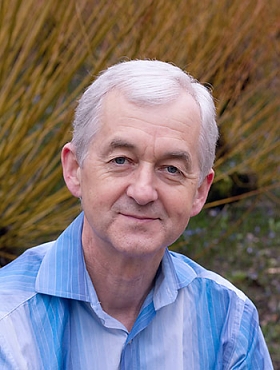
Tamás Freund, Director of the Institute of Experimental Medicine in Budapest, HungaryGyörgy Buzsáki, Board of Governors Professor at the Center for Molecular and Behavioral Neuroscience, Rutgers University, Newark, New Jersey, USA
The Grete Lundbeck European Brain Research Foundation announced today, the 4th March, in Copenhagen, Denmark that The Brain Prize 2011is jointly awarded to these three Hungarian born scientists 'for their wide-ranging, technically and conceptually brilliant research on the functional organization of neuronal circuits in the cerebral cortex, especially in the hippocampus, a region that is crucial for certain forms of memory'. The three scientists, who from their current locations in Europe (Freund, Somogyi) and the USA (Buzsaki) share an interest in the ways in which circuits of nerve cells process information in the brain. They have worked together at Budapest, Oxford and Rutgers University, New Jersey, and had great influence on each other reflected in many joint publications. Peter Somogyi was Tamás Freund's PhD supervisor and they laid the foundations to the MRC Anatomical Neuropharmacology Unit at Oxford, under the supervision of A. David Smith, (Emeritus Professor of Pharmacology at Oxford and Unit Honorary Associate Director), who set up the Unit which Somogyi now directs.
Although the work of these researchers has been aimed at fundamental understanding of brain function, it illuminates the causes and symptoms of a variety of clinical conditions, from epilepsy and Parkinson's disease to anxiety and dementia. It has set the gold standard for correlating structure and function, from molecules to behaviour.
Professor Colin Blakemore, Chairman of the Selection Committee said:"In order to know how the brain processes information we need a complete description of the structure of nerve cells and the dynamic characteristics of the connections between them. The work of Péter Somogyi, Tamás Freund and György Buzsáki has provided much of this essential knowledge for the cerebral cortex. Without such painstaking research there will never be full understanding of the brain."
Sir John Savill, chief executive of the Medical Research Council said:"Professor Somogyi's fundamental and pioneering work on the chemical identification of neuronal types and localization of signalling molecules in identified microcircuits is a key pillar of modern day neuroscience. I'm delighted his huge contribution to the field has been recognised. Strategic, long-term investment in basic science is essential if we are to fully understand the role brain structure and function plays in the progression of diseases like Parkinson's and dementia. It's this type of world class basic science that paves the way for the effective treatments of tomorrow."(Print resolution version.)
Somogyi, Freund and Buzsáki were all born in Hungary, where they studied and initiated their scientific careers. They symbolize the remarkable quality of Hungarian science, which was sustained through periods of challenge and hardship. Separately and in collaboration with each other the three scientists have worked and published extensively. Despite their use of a variety of technical approaches, they have maintained focus on the structure and function of complex circuits of nerve cells. This recognition proves that the MRC's commitment to long-term basic research, and the Unit's commitment to people, provide a framework and opportunity to achieve fundamental discoveries. Revealing and explaining the intricate circuits that are responsible for our decisions, actions and thoughts produces the knowledge requiring publicly funded research on which industry can develop drugs and treatments and. The MRC has supported the Anatomical Neuropharmacology Unit (the smallest Unit of the MRC) for 26 years. Scientists who have been trained in the Unit, such as Tamas Freund, Director of the Institute of Experimental Medicine in Budapest, have taken up and advanced the pioneering concepts and techniques to new heights worldwide. The motto of the Unit http://www.mrc.ox.ac.uk: "Explanations of normal and pathological events in the brain come from insights into the circuitry at brain area, cellular and subcellular levels. By exploring the molecular and temporal relationships in identified neuronal assemblies, the Unit defines the chronocircuitry of the brain."
The award ceremony will take place 2nd May in Copenhagen, Denmark and Prize Lectures will be given 3rd May, also in Copenhagen.
- Unit10 Feb 2011
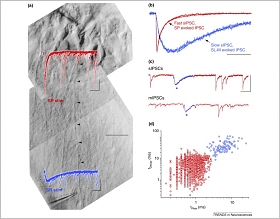
In the February issue of Trends in Neurosciences (Vol. 34, issue 2), on pages 101-112, Capogna & Pearce review cell types, mechanisms and physiological role of slow phasic synaptic inihibition in the hippocampus. Article full text (PDF).
- Unit28 Jan 2011
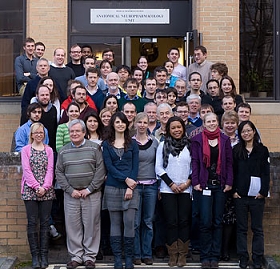
The Unit held its biannual Science Day on Friday the 28th January 2011. Presentations featured ongoing projects and future proposals. List of attendees. Programme.
- Unit19 Jan 2011
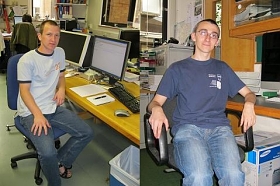
We are pleased to welcome back Mr Zoltan Andras and Mr Lorand Farkas for a short visit as Visiting Students to Professor Peter Somogyi's lab. Zoltan & Lorand are currently studying for a degree in information technology at the EMTE Sapientia - Hungarian University of Transylvania in Targu Mures, Romania. They will prepare their graduation project dissertation under the joint supervision of Professor Laszlo Marton a previous member of the Unit and Professor Peter Somogyi. http://www.jcu.edu/language/hunghemu/Sapientia.html
- Unit13 Jan 2011
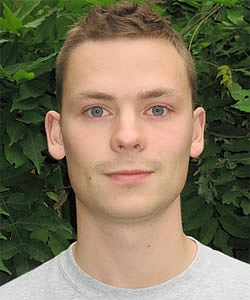
He has joined the Bolam lab to undertake his first MSc project under supervision of Dr. Tommas Ellender. James will be studying the properties of thalamostriatal connections using optical stimulation of thalamic afferents, in vitro recording of striatal neurons and immunocytochemistry.
- Unit7 Jan 2011
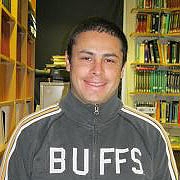
Marco Herrera has been visiting Prof. Jozsef Csicsvari's laboratory between the 14th of December 2010 and 7th of January 2011.Marco is a Research Assistant Professor at Arizona State University at Tempe. He has been learning about the research activities of Prof. Csicsvari's group to initiate collaborations in developing new data analysis methods.
- Unit4 Jan 2011

We are pleased to welcome Dr. Paul Dodson to the Unit. Paul has joined us as a Career Development Fellow of the Oxford Parkinson's Disease Centre, and will work in the groups of Pete Magill and Paul Bolam. The broad aim of Paul's research is to define phenotype and dysfunction in new animal models of Parkinsonism using state-of-the-art electrophysiological and anatomical techniques.
- Unit14 Dec 2010
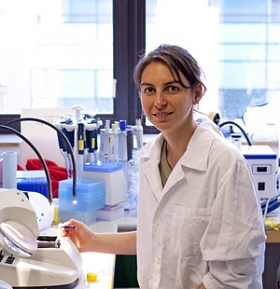
Daniela Busti from Ferraguti's lab (Innsbruck) is back to continue herwork of collaboration with Capogna's group and help in thecharacterisation of the dendritic and axonal patterns of amygalaneurons. Her stay is supported by a short-term IBRO InEurope programmeFellowship.
- Unit14 Dec 2010
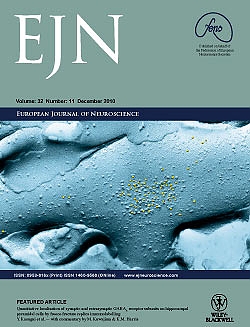
A study by Yu Kasugai et al. was published this month in the European Journal of Neuroscience. It is entitled, 'Quantitative localisation of synaptic andextrasynaptic GABAA receptor subunits onhippocampal pyramidal cells by freeze-fracturereplica immunolabelling' (Full text PDF). The cover features an electron micrograph taken by Peter Somogyi of GABAA receptor immunogold labelling (10 nm, yellow, false colour) on freeze fracture replica of the membrane of a pyramidal cell small oblique dendrite in the hippocamal stratum radiatum of the rat. The intramembrane particles representing the extracellular domain of transmembrane proteins appear as small protrusions on the cytoplasmic half of the plasma membrane. The patch of membrane that has a high concentration of intramembrane particles, and is also densely immunogold labelled for the beta-3 subunit, is the postsynaptic junctional area. Lower density of scattered gold particles label extrasynaptic receptors.
- Unit14 Nov 2010
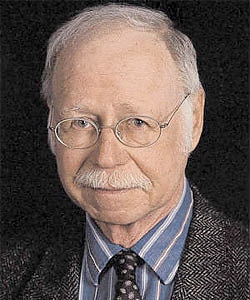 Sanford Palay.
Sanford Palay.Sanford L. Palay was the Editor-in-chief of the Journal of Comparative Neurology from 1980-1993. He was a Professor of Anatomy at Harvard Medical School and then Professor Emeritus during that tenure. Dr. Palay was one of the earliest scientists to turn electron microscopy onto the nervous system, and in 1954 with George Palade provided the first descriptions of vertebrate synapses at the EM level. Dr. Palay did groundbreaking studies on the fine structure of the cerebellum, and co-authored with Alan Peters and Henry deForest Webster the classic text, The Fine Structure of the Nervous System. The Palay Award is given in even-numbered years to a neuroscientist for outstanding contributions in structure of the nervous system. Previous winners have included: Prof. Peter Somogyi (2004) Alan Peters (2006) Tomas Hökfelt and Kjell Fuxe (2008).
Peter was also named recently Honorary Guest Professor at the Medical University of Vienna, Austria.